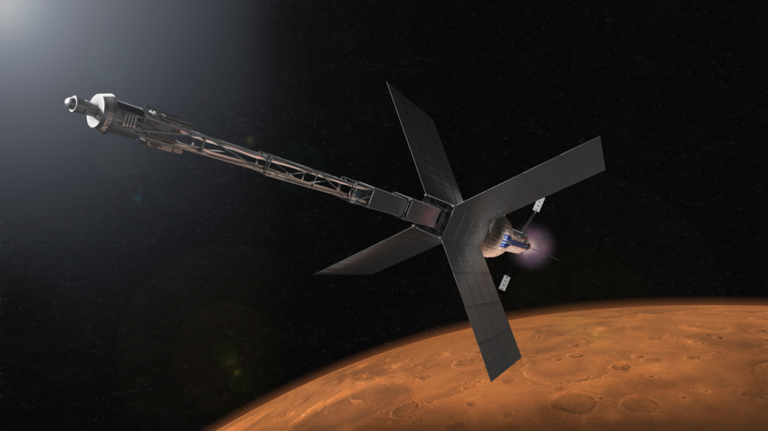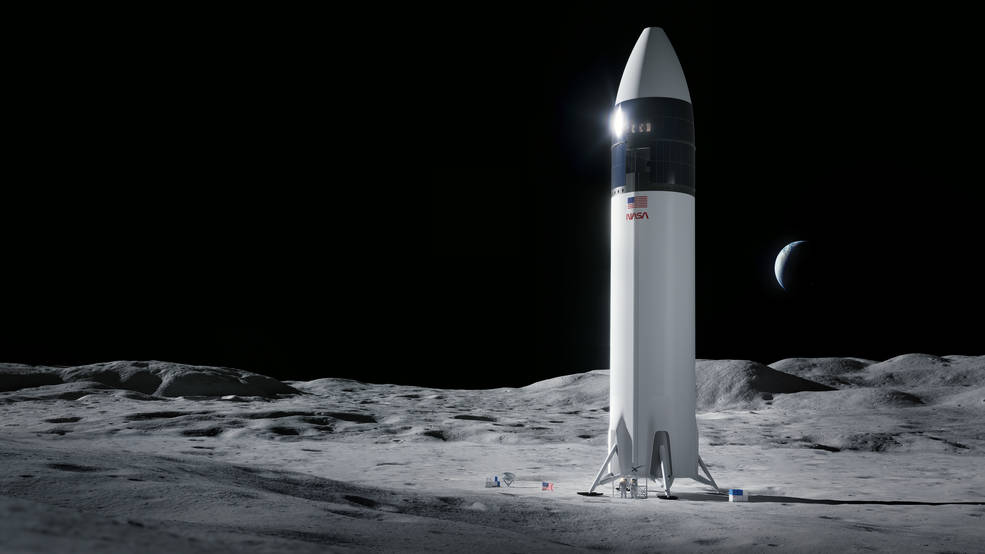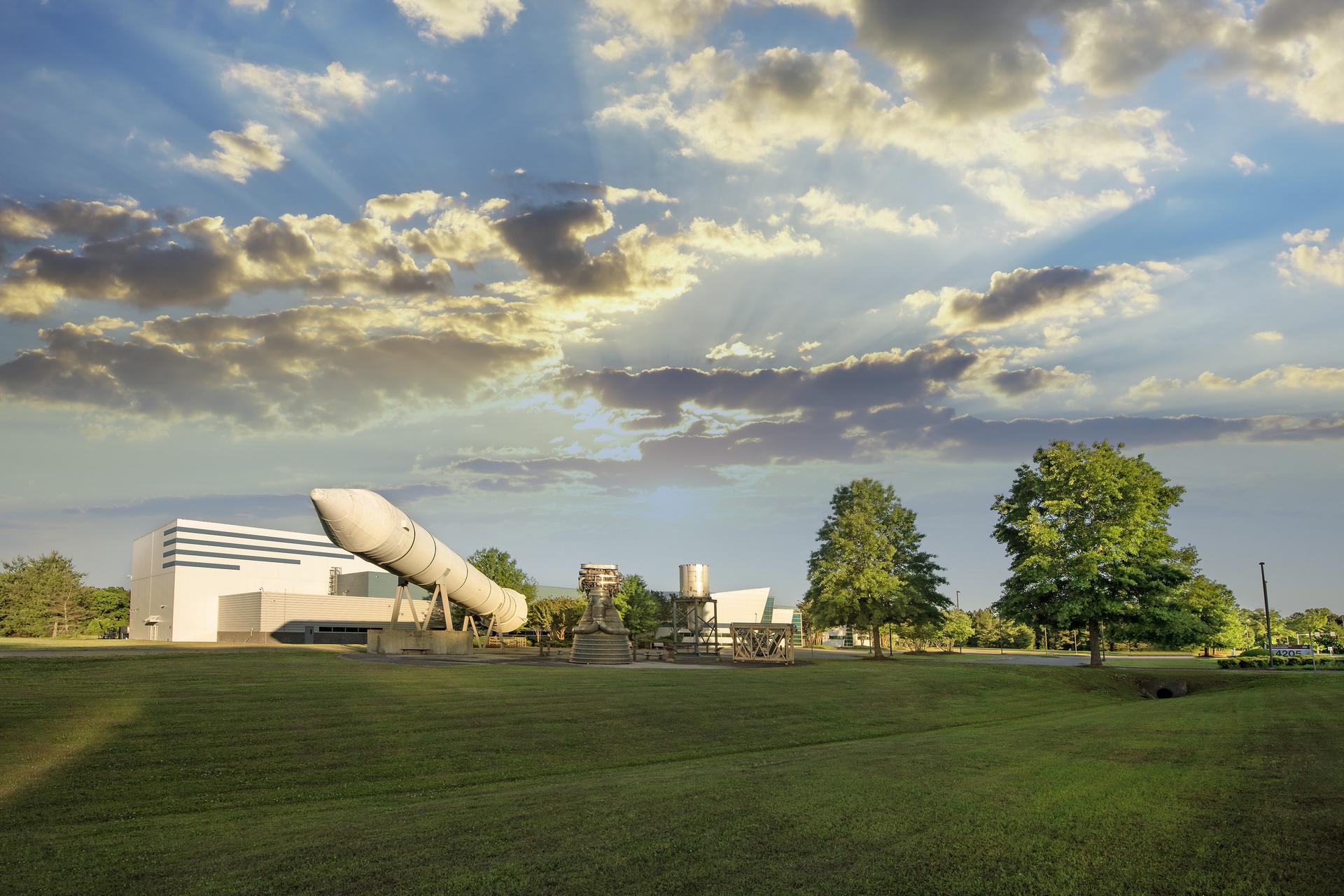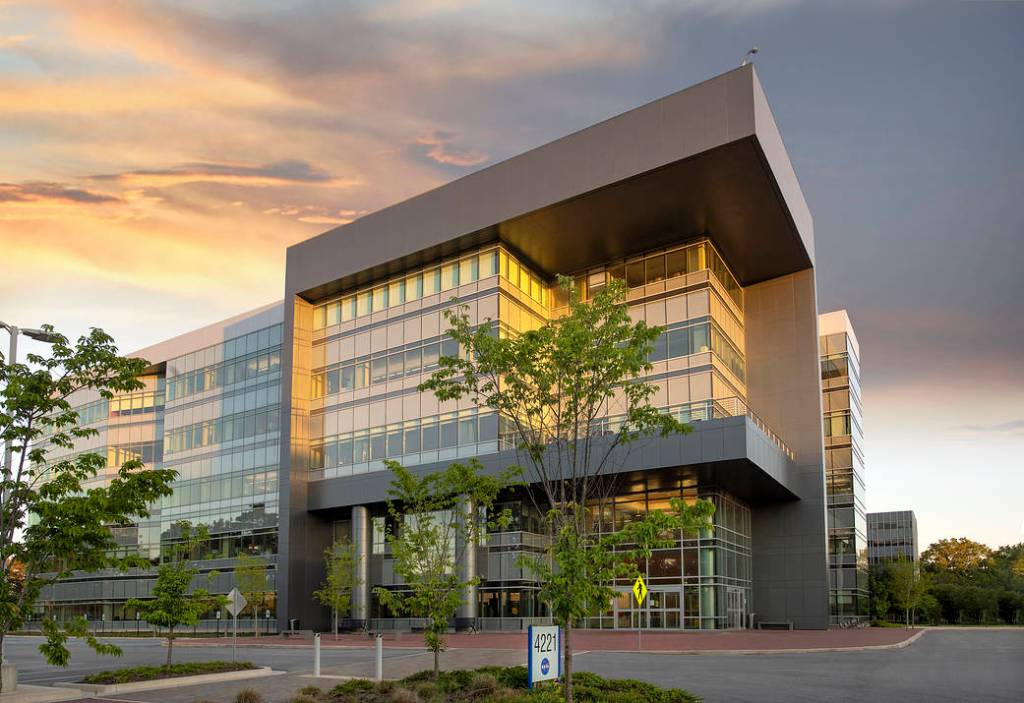Advanced Space Transportation Systems
Marshall Space Flight Center enables rapid, efficient space transportation in cislunar space and beyond.

Contents
Overview
Advanced Manufacturing
Unique expertise in applying state-of-the-art advanced manufacturing methods to support development and production of advanced space transportation systems
In-space Propulsion and Cryo Fluid Management (CFM) Design, Development and Testing
Rapid prototype, test, and integration of new propulsion system concepts including nuclear thermal propulsion, satellite tethers, solar sails, along with others
Development of prototype CFM hardware, the creation and use of analytical models to predict subsystem performance, and the execution of ground-based tests using liquid oxygen, liquid hydrogen, and methane to demonstrate the performance, applicability, and reliability of CFM subsystems
Liquid and Solid Propulsion Systems Design and Development
Expertise ranging from small pressure-fed to large, complex pump-fed rocket engines that support liquid propulsion requirements for Earth-to-orbit, beyond-Earth-orbit, and in-space missions
Comprehensive expertise and experience with solid propulsion for nanoscale to heavy-lift applications
The only NASA facility that can test fire solid rocket motors from small to mid-size
Structural Strength and Dynamics for Advanced Space Transportation Systems
Multiple facilities provide proof, limit, failure, development, qualification, and flight acceptance testing
Decades of experience developing instrumentation for structural and propulsion-related test articles to maxi-mize data return using high-speed data acquisition, visible and thermal imaging, and high-definition audio-visual capture systems
Propulsion testing facilities enable testing of components, subsystems, subscale motors, and full-scale engines under a variety of configurations and conditions
Space Environmental Effects Testing
Test capabilities to characterize the effects of the space environment on materials and systems, from low Earth orbit to deep space; simulated elements include charged particle radiation, plasma, high vacuum, solar ultraviolet (VUV, NUV), atomic oxygen, impact, thermal extremes, Lunar/Martian surface environments including regolith simulants, all either individually or in combinations
Concept and Trade Studies
Rapid development and analysis of physics-based models to yield an end-to-end design capability for preliminary concepts
Decades of experience in both launch vehicle and space systems design
Do Business with Us
MSFC Partnerships Office
Nick Case
nicholas.l.case@nasa.gov
256.544.8789



























